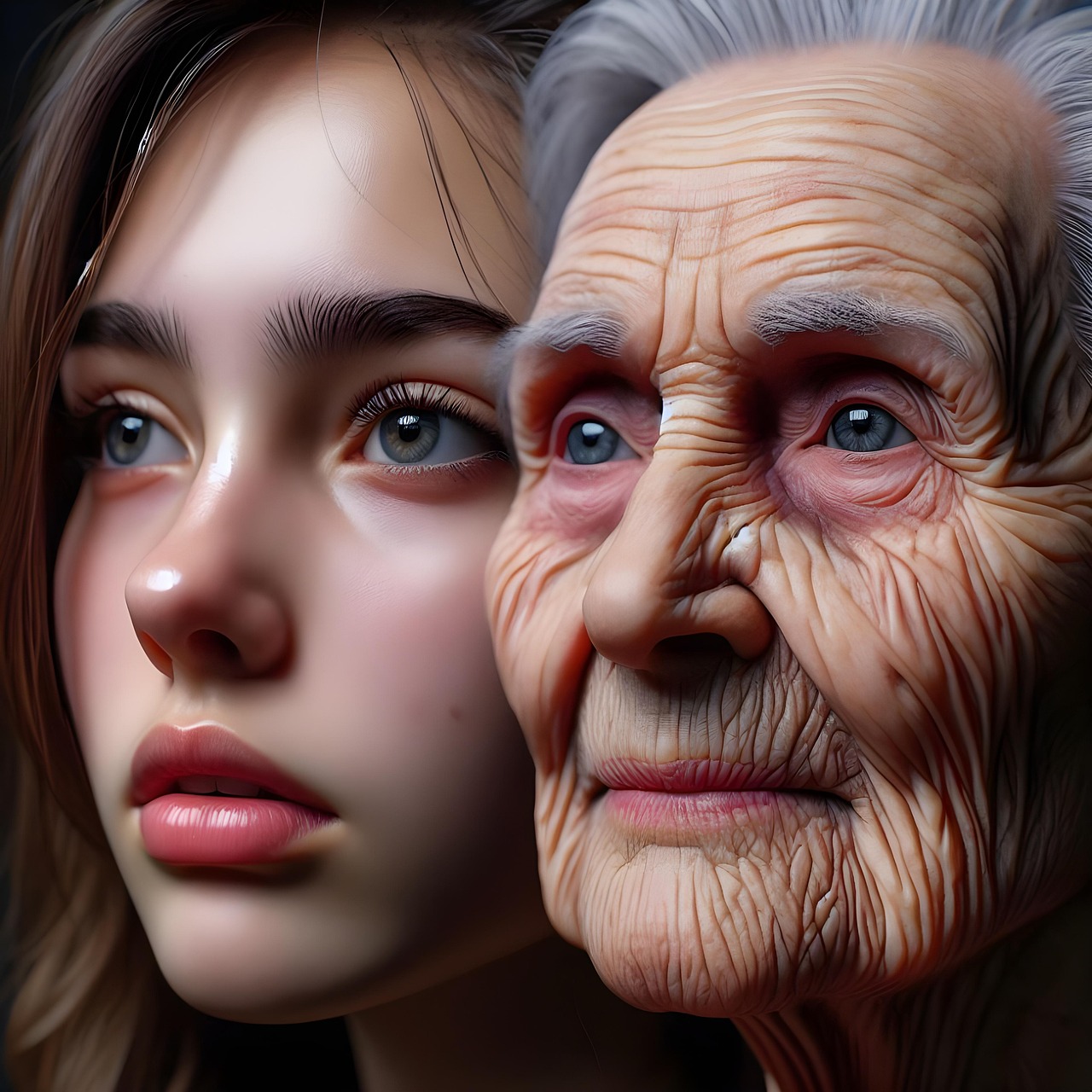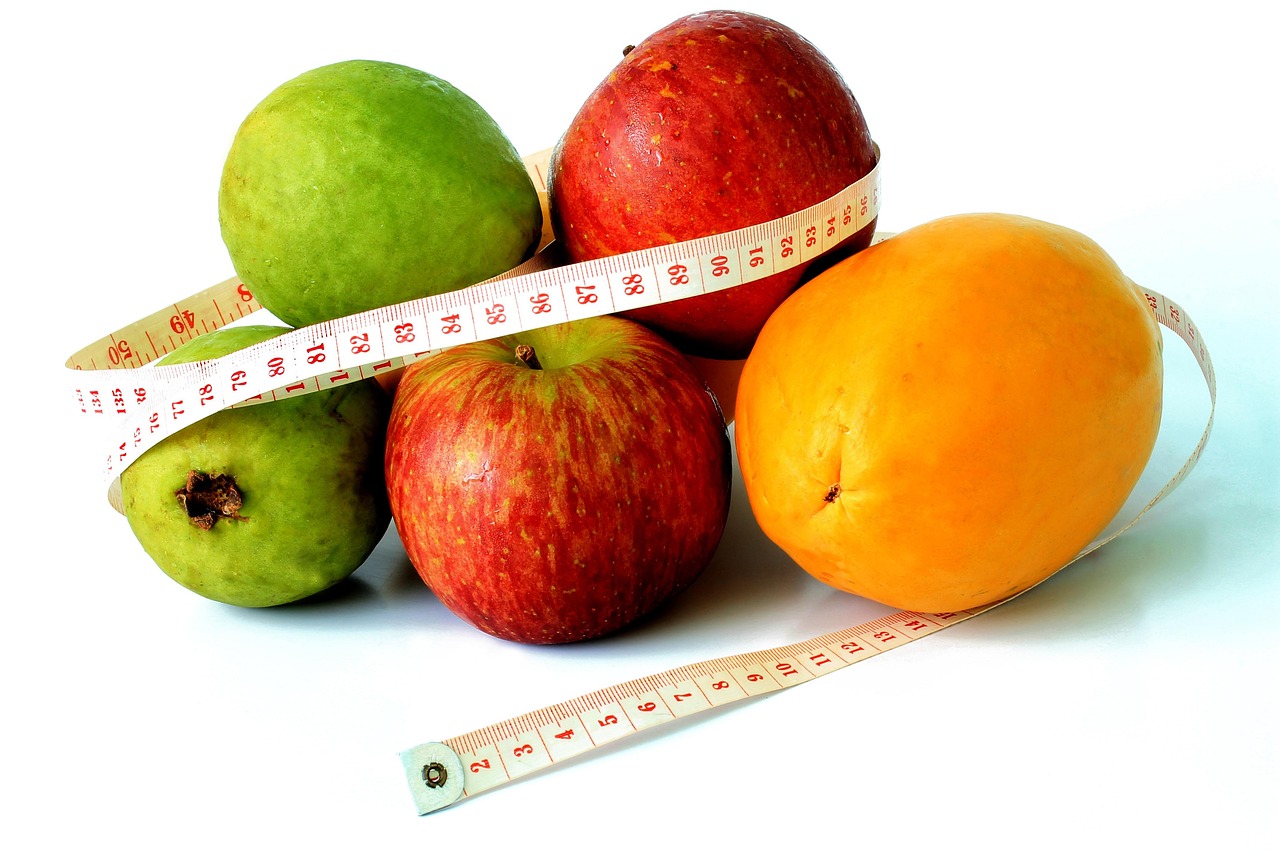Binary to Octal
Binary to Octal is a process or tool that converts a binary (base-2) number into its corresponding octal (base-8) representation. Both binary and octal are commonly used in computing, and they are closely related because octal can be easily derived from binary. Each octal digit represents exactly three binary digits (bits), so the conversion is straightforward.
Binary to Octal is a process or tool that converts a binary (base-2) number into its corresponding octal (base-8) representation. Both binary and octal are commonly used in computing, and they are closely related because octal can be easily derived from binary. Each octal digit represents exactly three binary digits (bits), so the conversion is straightforward.
How It Works:
- Group the binary digits: Divide the binary number into groups of three bits, starting from the right. If the number of bits is not divisible by three, add leading zeros to the left to complete the final group.
- Convert each group to an octal digit: Each group of three binary digits is converted to a single octal digit.
- Combine the results: The octal digits are combined to form the octal number.
Example of Binary to Octal Conversion:
- Binary:
110101
-
Group the binary digits into groups of three (from right):
110 101
-
Convert each group to octal:
110in binary →6in octal101in binary →5in octal
So, the binary number 110101 is equivalent to the octal number 65.
Example 2:
- Binary:
101011001
-
Group the binary digits into groups of three (add leading zeros if necessary):
000 101 011 001
-
Convert each group to octal:
000in binary →0in octal101in binary →5in octal011in binary →3in octal001in binary →1in octal
So, the binary number 101011001 is equivalent to the octal number 0531.
Steps of Conversion:
- Step 1: Break the binary number into groups of three digits starting from the right.
- Step 2: If necessary, add leading zeros to the left of the first group to complete the three-bit grouping.
- Step 3: Convert each group of three binary digits into a corresponding octal digit.
- Step 4: Combine all the octal digits to get the final octal number.
Common Uses of Binary to Octal Conversion:
-
Data Representation: Octal is used to represent binary data more compactly. Converting binary to octal makes it easier to read and understand.
-
Programming and Debugging: In low-level programming, working with binary data can be cumbersome. Converting binary to octal simplifies the analysis of binary data.
-
File Systems: In UNIX-based systems, file permissions are often represented in octal. Converting binary data (such as permission flags) to octal makes it easier to interpret and modify.
-
Digital Electronics: In digital systems, octal is sometimes used to represent machine-level data in a more human-readable form. Converting from binary to octal can simplify circuit design and troubleshooting.
Why Use Binary to Octal Conversion?
- Compact Representation: Octal is a more compact way to represent binary data. Converting from binary to octal reduces the length of the number and makes it easier to work with.
- Ease of Interpretation: For certain systems, especially older ones, octal is used to represent data, and converting binary to octal makes the data easier to understand.
- Compatibility: Some systems require octal data, and converting binary data into octal ensures compatibility with those systems.
Binary to Octal converters are commonly available in programming environments, calculators, and online tools, making it easy to perform this conversion for various technical tasks.













